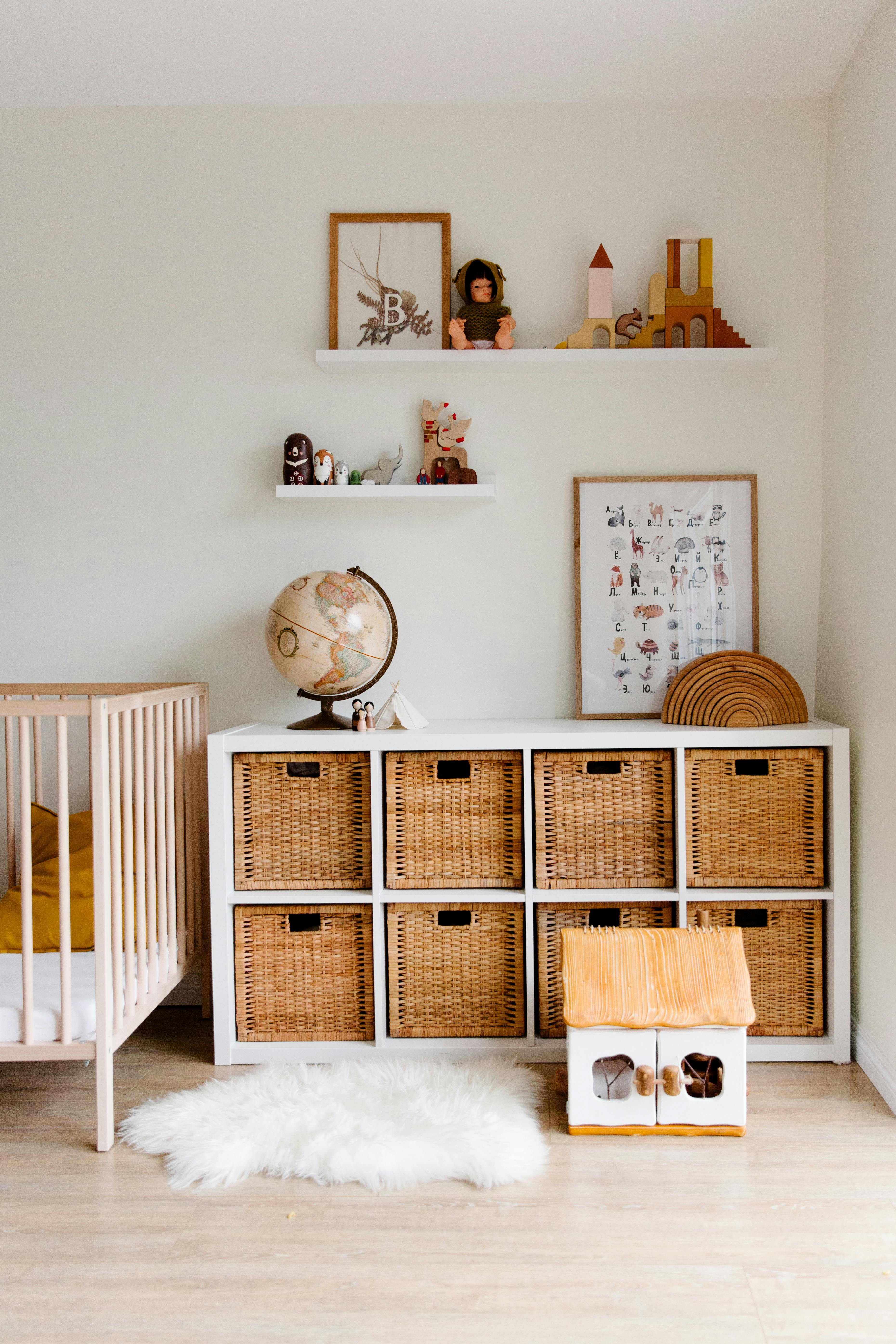Smart Ways to Lay Carpet Efficiently in 2025
Carpet installation has evolved over the years, and with the right techniques, you can achieve a professional look without hiring an expert. Whether you're tackling DIY carpet installation for the first time or looking to refine your skills, understanding the essentials is crucial. 2025 offers new strategies and tools that make carpet laying easier and more efficient. Using modern techniques, selecting the right materials, and employing smart tools can significantly enhance your carpet fitting process. In this article, we’ll explore proven techniques and essential tips for laying carpet, ensuring you get the best results while minimizing common mistakes.
This comprehensive guide covers everything from how to measure properly and types of carpet available, to carpet maintenance and installation advice. By the end of this article, you will be well-equipped to lay carpet like a pro. Let’s delve into practical dos and don’ts in your carpet installation journey!
Essential Tools for Effective Carpet Installation
Before beginning your carpet installation, it’s vital to prepare by gathering the necessary tools. The right equipment ensures a smoother installation process and helps avoid potential issues later on. Equip yourself with tools such as a measuring tape, carpet knife, knee kicker, and tack strip. A power stretcher can also be beneficial for larger areas.
When determining the best way to lay carpet, look beyond just the basics. Here’s a detailed overview of the essential tools you'll need:
Measuring Tools for Carpet Installation
Measuring accurately is the foundation of successful carpet installation. A laser measure can help you achieve precise measurements quickly. Additionally, a standard measuring tape will suffice for most projects. Make sure to take measurements of all sides of the room and account for any irregularities when preparing to install carpet.
Carpet Cutting Tools
Having sharp carpet knives and scissors will save you time and ensure cleaner cuts. A straightedge cutter can help make precise cuts along edges. For carpet tiles, a utility knife can be handy, allowing you to cut shapes effectively.
Stretching and Fitting Tools
The knee kicker is among the most critical tools for fitting carpets. It helps tighten the carpet against the wall and eliminate wrinkles. A power stretcher, while an investment, is worth it for larger areas, as it provides even tension across the carpet and prevents bubbles and seams from showing.
Adhesives and Tape
Choosing the right carpet adhesive is crucial for a long-lasting installation. Water-based adhesives are environmentally friendly and effective for many carpet types. Double-sided tape can assist in securing your carpet edges and transition strips. Make sure to follow the manufacturer’s guidelines for the correct products.
Understanding Carpet Types and Their Features
With various carpet types available in the market, selecting the best carpet for your space can feel overwhelming. Understanding different carpet styles, like loop pile and cut pile, and their unique characteristics is essential. This knowledge will also help during the installation process.
Loop Pile vs. Cut Pile Carpets
Loop pile carpets are durable and excellent for high-traffic areas, while cut pile offers a softer feel underfoot. Depending on the use case, you might choose one over the other. For instance, families with pets might lean toward loop pile due to its resilience.
Choosing the Right Carpet Padding
Carpet padding plays a significant role in both comfort and durability. It acts as a buffer, absorbing foot traffic effects while extending the carpet’s life. Generally, thicker padding offers greater cushioning but may also affect the carpet installation process. Choose wisely based on your carpet type and the intended area of use.
Incorporating Carpet Patterns into Your Design
Incorporating patterns can enhance the aesthetics of your space. However, careful planning is paramount to ensure that patterns align seamlessly at seams. Using reference marks can aid in achieving the perfect layout during installation.
Preparing the Floor for Carpet Laying
Proper preparation of the floor is another crucial step in the carpet installation process. Failing to prepare can lead to complications down the road, such as uneven surfaces that affect the carpet’s performance and appearance. Here are steps to successfully prepare your floor.
Cleaning the Subfloor
Before laying carpet, ensure the subfloor is clean, dry, and level. This involves removing any old carpet, adhesives, or protrusions that could affect the new installation. Using a vacuum allows you to pick up dust and debris effectively.
Vacuuming and Inspecting for Irregularities
After cleaning, inspect the surface for cracks or holes. These can cause problems with carpet performance, leading to uneven flooring. Filling these gaps with leveling compound is recommended for a smooth surface.
Ensuring Proper Moisture Control
Moisture can wreak havoc on carpets, leading to mold growth and deterioration. Using a moisture meter can help assess whether your subfloor is dry enough for installation. If moisture levels are high, consider moisture barriers before laying carpet.
Carpet Installation Techniques and Processes
Now that you’ve equipped yourself with tools and knowledge about carpet types, it's time to delve into the actual process of carpet installation. By following proven techniques, you can achieve effective results with minimal issues.
Measuring and Laying Out Your Carpet
Before cutting the carpet, accurate measurements of the room are essential. Once you have your measurements, lay out the carpet in the room, allowing it to acclimatize to the temperature and humidity, preventing wrinkles during installation.
Carpet Seams Explained
Understanding how to properly create carpet seams is crucial, particularly in larger rooms. Experts recommend using seaming tape and heat to bond the seams together securely. Make sure to match patterns correctly to achieve a seamless look.
Stretching the Carpet Properly
Stretching the carpet correctly prevents wrinkles and ensures it lies flat against the floor. Utilizing a knee kicker for edges and a power stretcher for the main area guarantees excess carpet is eliminated, leading to a professional finish.
Maintaining Your Carpet: Essential Tips
Once your carpet is installed, ongoing maintenance is essential for longevity. Regular cleaning and attention to issues can keep your carpet looking fresh and new. Here are some important maintenance tips.
Routine Cleaning Practices
Establishing a regular cleaning regime, which includes vacuuming at least once a week and professional cleaning every 6-12 months, will help maintain your carpet's quality. Consider stain-resistant carpets for easier care.
Repairing Carpet Seams and Wrinkles
Over time, seams may expose themselves or fall apart, especially in high-traffic areas. It’s vital to repair these promptly. Learning basic carpet repair techniques can save money and prolong the carpet's life expectancy.
Recognizing the Signs of Wear and Tear
Be vigilant for signs such as fading colors, threadbare areas, or persistent odors. Early recognition of wear can lead to targeted cleaning or repair, ensuring you prolong the life of your investment in carpet.

Choosing Between DIY and Professional Carpet Installation
In some cases, it may be tempting to rely on professional carpet installation services instead of going the DIY route. Understanding the pros and cons of each can help you make an informed decision that best suits your needs.
Benefits of DIY Carpet Installation
DIY carpet installation can be rewarding and cost-effective. It allows complete control over every aspect of the project, from selecting materials to finalizing your layout. Additionally, it can also provide a sense of satisfaction and accomplishment.
When to Hire Professional Carpet Installers
If you're dealing with challenging room shapes, subfloor issues, or a large area, it might be best to hire professionals. They have the experience and equipment to handle complex installations efficiently while ensuring a flawless finish.
Conclusion and Final Thoughts
Successfully laying carpet involves a combination of the right tools, understanding the various carpet types, and a commitment to precise measuring and installation techniques. 2025 brings exciting new methods and materials that can enhance your carpet installation experience.
Regardless of whether you choose to go DIY or enlist professional help, being equipped with the right knowledge will ensure your carpet serves its purpose effectively. Remember to follow the tips outlined in this article, and you’ll be well on your way to enjoying your new carpet for years to come. Don’t forget to consider maintenance to keep your carpet looking pristine — happy carpet laying!
 Its part of generated content. Can i generate another part?
Its part of generated content. Can i generate another part? 